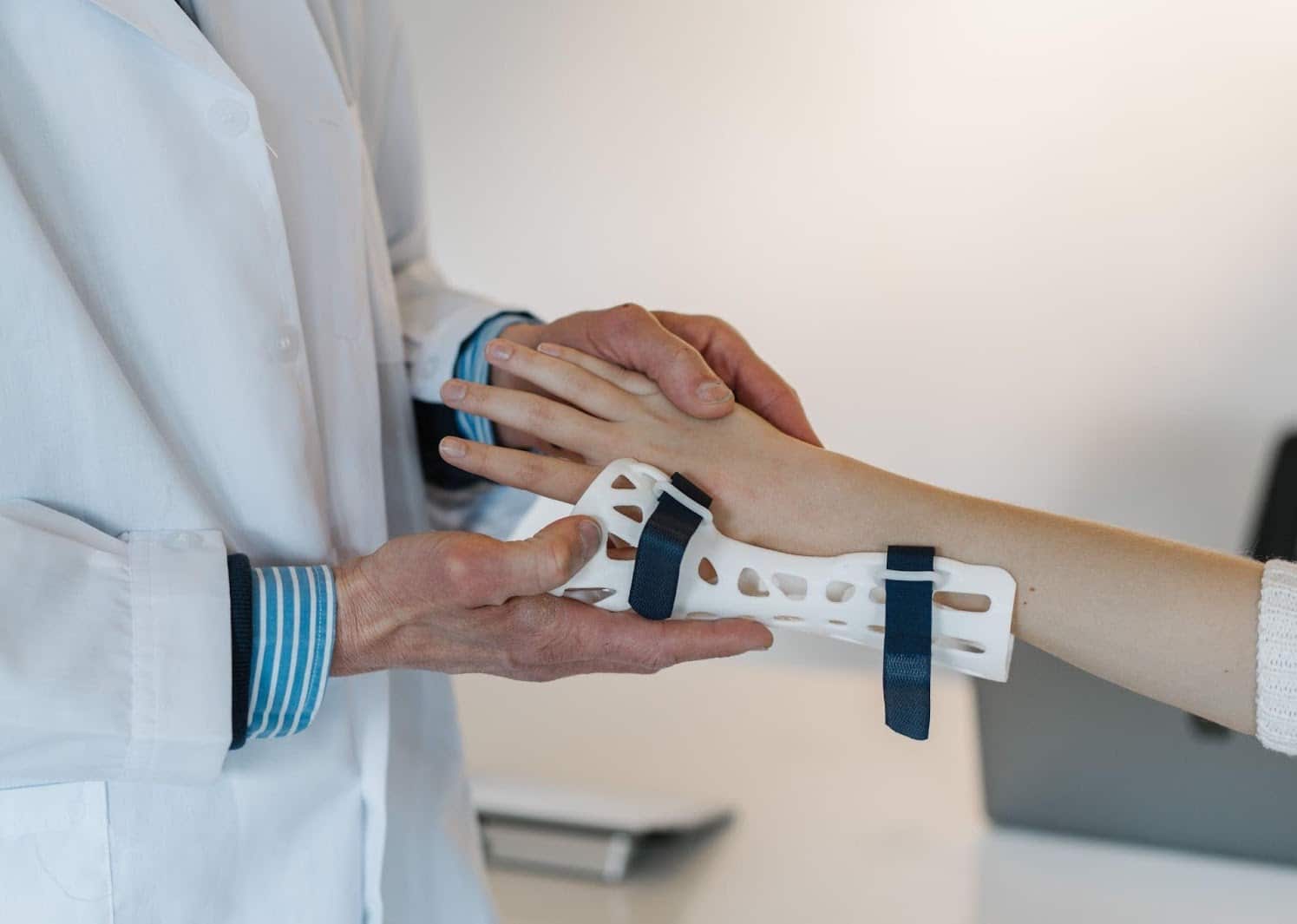By Dana Jacoby
Industry Changes That Will Become Commonplace
New technologies and techniques will help to improve the accuracy and precision of orthopedic procedures in 2023, leading to better patient outcomes. These benefits include reducing the invasiveness of surgery, cutting recovery times, and improving the function and durability of implants.
Below are some changes you can expect to see in orthopedics over the next 12 months.
Change 1 – Orthopedic Trends in Technology Will Improve Surgery Outcomes
Technology has come a long way in recent years, especially in the medical field. One area where technology has a significant impact is in the surgery room. With new technologies, surgeons can achieve better outcomes for their patients.
A significant trend in surgical technology is the increased use of robotics. More surgeons are using robots to assist during procedures, and some of these machines can perform surgeries themselves. In turn, it allows for more precise and less invasive surgeries, resulting in effective results.

Change 2 – Reduced Radiation Exposure
One of the biggest future trends in orthopedics is the move toward low-dose, full-body imaging systems for children. These machines are needed because radiation exposure is a significant concern for parents, since radiation poses many health concerns. Even though the risk of developing cancer from radiation exposure is low, it is still something professionals in the industry focus on regularly.
Change 3 – Decreased Recovery Time for Hip Surgery
Several new orthopedic trends can potentially decrease recovery times for hip surgery patients. Surgeons are adopting more contemporary techniques for minimally invasive hip surgery. These anterior procedures often involve smaller incisions and less trauma to the surrounding tissue, promoting quicker healing and shorter recovery periods.
Change 4 – Improved Pain Management
As the United States continues to face an opioid crisis, one of the most critical orthopedic trends is finding ways to manage pain without relying on these addictive and dangerous drugs. Orthopedic medicine is no exception, and several trends in this field reflect this shift away from opioids.

Change 5 – New ACL Treatment
In the past, patients who needed ACL surgery had to undergo a lengthy and invasive procedure that required a large incision and a long recovery time. However, recent technological advancements have led to the development of less invasive implants, which are changing how surgeons perform ACL surgery.
New implants and less invasive surgeries mimic the natural movement of the knee joint, which helps patients regain their full range of motion more quickly.
Change 6 – Additive Manufacturing 3D Printing Advancement
Orthopedics trends include the increased use of 3D printing, also known as additive manufacturing. This technology allows for the creation of complex and customized objects by building them up layer by layer. In orthopedics, professionals use 3D printing to create a variety of products that are changing the way orthopedics will be practiced short and long-term.


